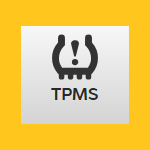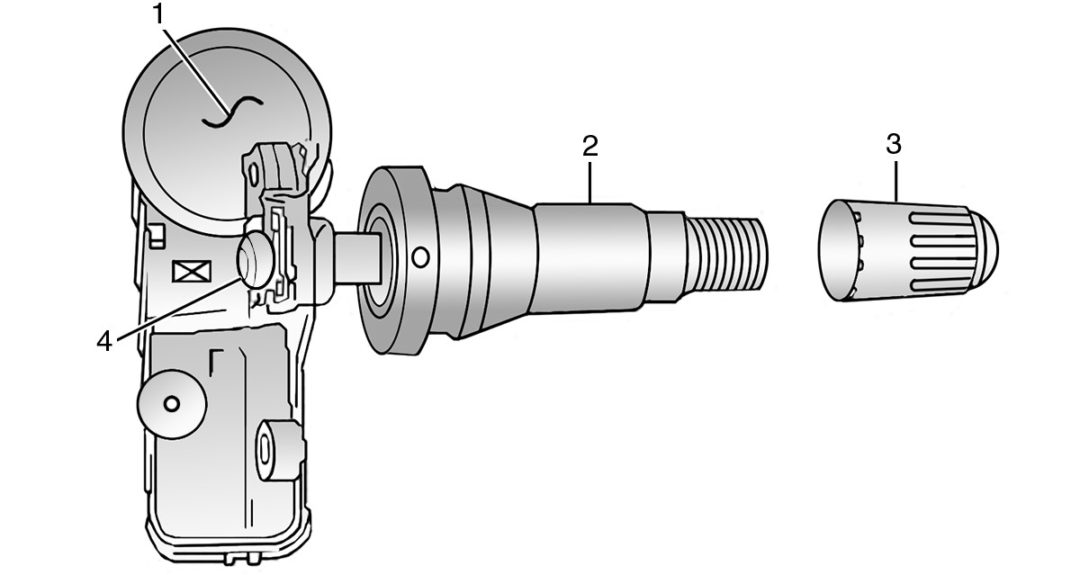 Mitchell 1 provides TPMS information to Modern Tire Dealer, an award-winning publication that writes editorial content geared to independent tire dealers. We’re sharing this content in our blog, with a link to the Modern Tire Dealer website where you can read the article in full. The TPMS information in this article may also be accessed in the reset procedures tab in our ProDemand® auto repair information software, along with other important reset procedure data for the selected vehicle.
Mitchell 1 provides TPMS information to Modern Tire Dealer, an award-winning publication that writes editorial content geared to independent tire dealers. We’re sharing this content in our blog, with a link to the Modern Tire Dealer website where you can read the article in full. The TPMS information in this article may also be accessed in the reset procedures tab in our ProDemand® auto repair information software, along with other important reset procedure data for the selected vehicle.

SUBJECT VEHICLES: Chrysler Jeep and Jeep Renegade, 2015 – 2017
SPECIAL TOOLS NEEDED? A RKE-TPM 9936 analyzer may be used in conjunction with a scan tool.
The tire pressure monitoring system (TPMS) on 2015–2017 Chrysler Jeeps and Jeep Renegades is provided as standard on all models and shows the tire pressure values through a dedicated sub-menu in the instrument panel display.
Once the pressure value of a tire is influenced by deflation, the relative pressure value will flash in the instrument panel through the electronic vehicle information center (EVIC), which can be 3.5 inches or 7 inches (also called DID). The system also resets automatically after the wheels have been rotated, thus guaranteeing correct information about tire pressure and displaying it at all times in the EVIC. When tire pressure is 7-8 psi (48-55 kPa) below the specification listed on the label, the system emits an acoustic signal, illuminates the ISO low tire pressure warning light, and displays the pressure of the four active tires in the EVIC display. If a system fault is detected, the warning light will flash for 75 seconds, and then remains on continuously. Dashes will take the place of the pressure reading if a sensor is not correctly operating.
A five-sensor system is available for vehicles with a full-size spare wheel (in markets where provided).
The sensors wirelessly transmit tire pressure information at a frequency of 433 MHz. The tire pressure sensors send a tire pressure sensor value every 30 seconds when the vehicle is in motion and approximately every 13 hours when the vehicle is not in motion. The sensors also transmit a unique ID code to differentiate the sensors from those on nearby vehicles.
Tire pressure monitor warning indicators
The TPMS will warn the driver of a low tire pressure if the tire pressure falls below the low-pressure warning limit for any reason, including low temperature effects and natural pressure loss through the tire. The TPMS will continue to warn the driver of low tire pressure as long as the condition exists, and will not turn off until the tire pressure is at or above the recommended cold placard pressure.
Once the low tire pressure warning (tire pressure monitoring telltale light) illuminates, you must increase the tire pressure to the recommended cold placard pressure in order for the “tire pressure monitoring telltale light” to turn off. The system will automatically update and the tire pressure monitoring telltale light will turn off once the system receives the updated tire pressures.
The vehicle may need to be driven for up to 20 minutes above 15 mph (24 km/h) in order for the TPMS to receive this information.
TPMS reset procedures
NOTE: If a tire pressure sensor has been replaced, the tire pressure sensors must be retrained.
TPMS indicator
Once the low tire pressure warning (tire pressure monitoring telltale light) illuminates, you must increase the tire pressure to the recommended cold placard pressure in order for the tire pressure monitoring telltale light to turn off. The system will automatically update and the tire pressure monitoring telltale light will turn off once the system receives the updated tire pressures. The vehicle may need to be driven for up to 20 minutes above 15 mph (24 km/h) in order for the TPMS to receive this information.
TPMS sensors
NOTE: A new sensor ID can be programmed directly into the right front hub by using a RKE-TPM analyzer in conjunction with a scan tool. Once the new sensor ID has been programmed, the RKE-TPM analyzer can be used to update the TPMS by activating the sensor.
When a sensor is installed in a tire on the vehicle, the RF-Hub can automatically identify the sensor and its location during the first ensuing drive cycle. Identification will take approximately 10 minutes but the speed of the vehicle must exceed 15 mph (24 km/h). The TPM-RKE 9936 analyzer can also be used to program the new sensor identification number in the RF-Hub module. Scan each TPMS sensor at each road wheel, and store each sensor ID in the correct location (left front, left rear, right front, right rear). Connect the TPM-RKE analyzer tool to the scan tool. Then follow the programming steps outlined in the diagnostic scan tool for “Program Tire Pressure Sensor ID w/ TPM Tool.”
NOTE: The sensor IDs can also be programmed using a scan tool. Scan each TPMS sensor at each road wheel, and store each sensor ID in the correct location: left front, left rear, right front, right rear. Connect the scan tool. Then follow the programming steps outlined in the scan tool.
Read more:






